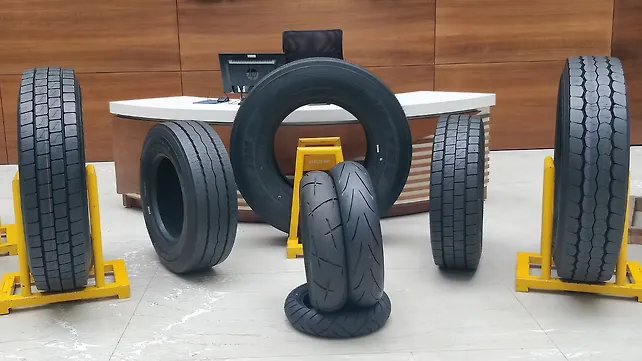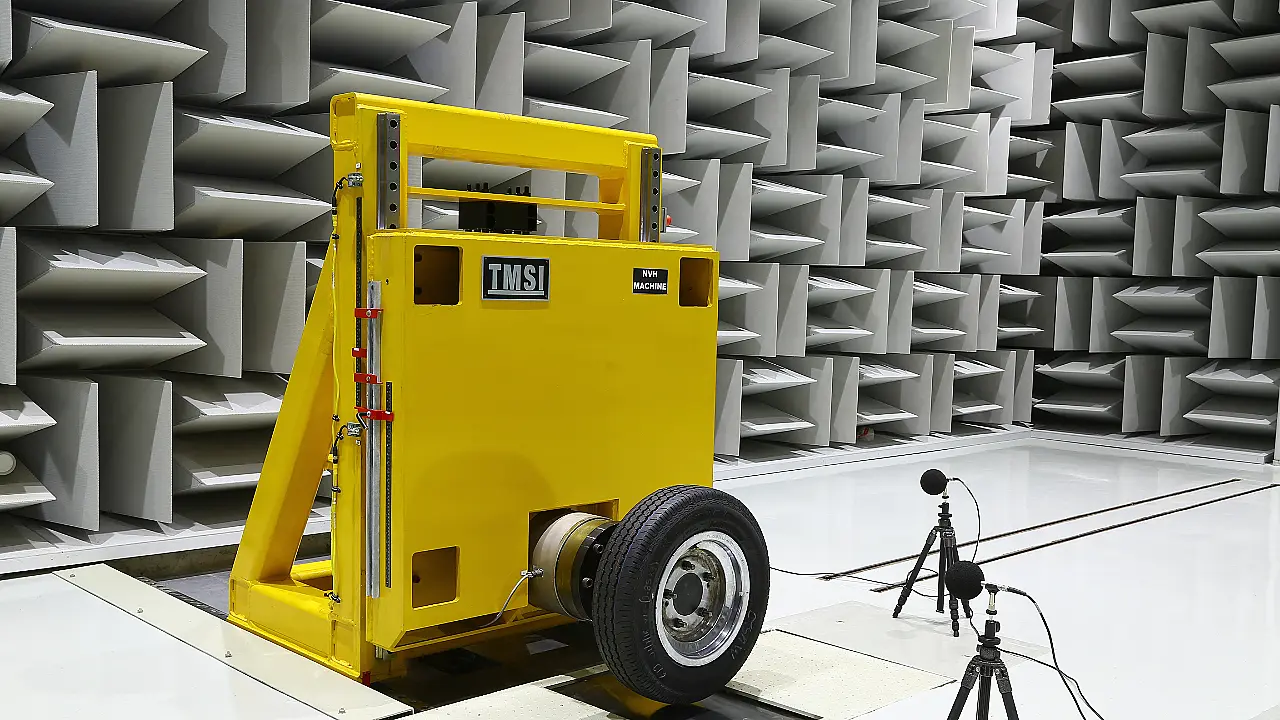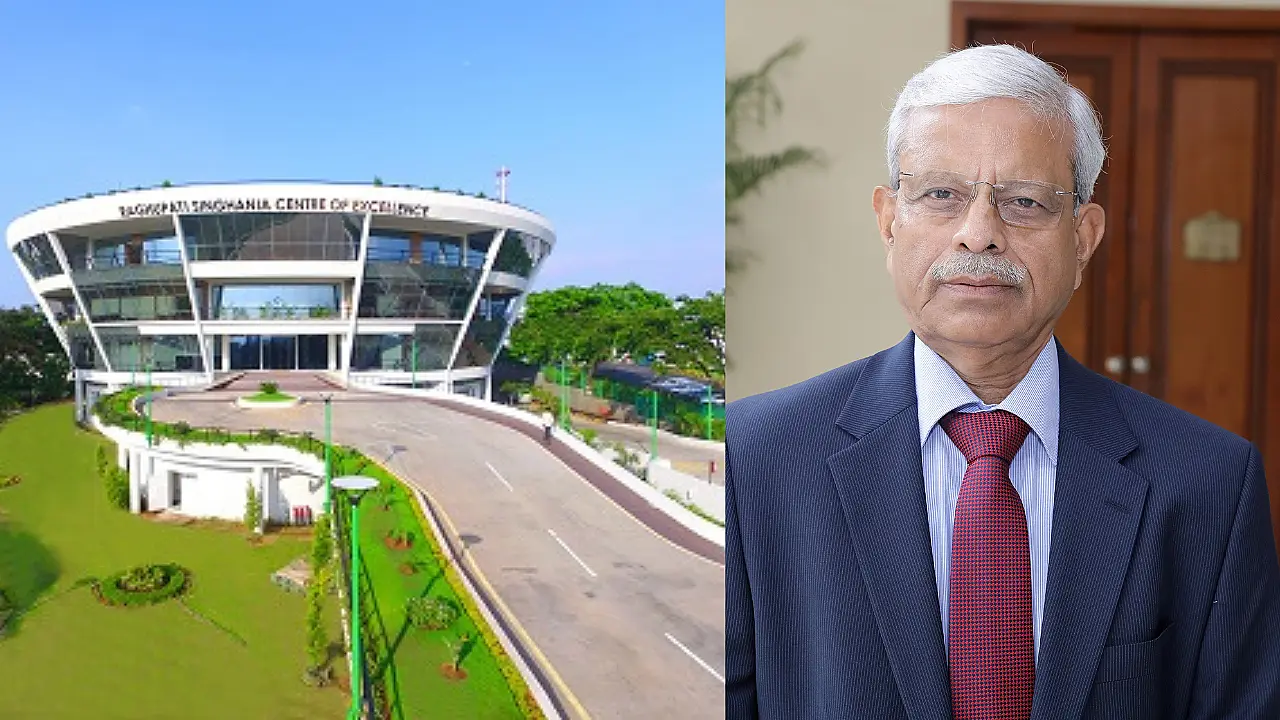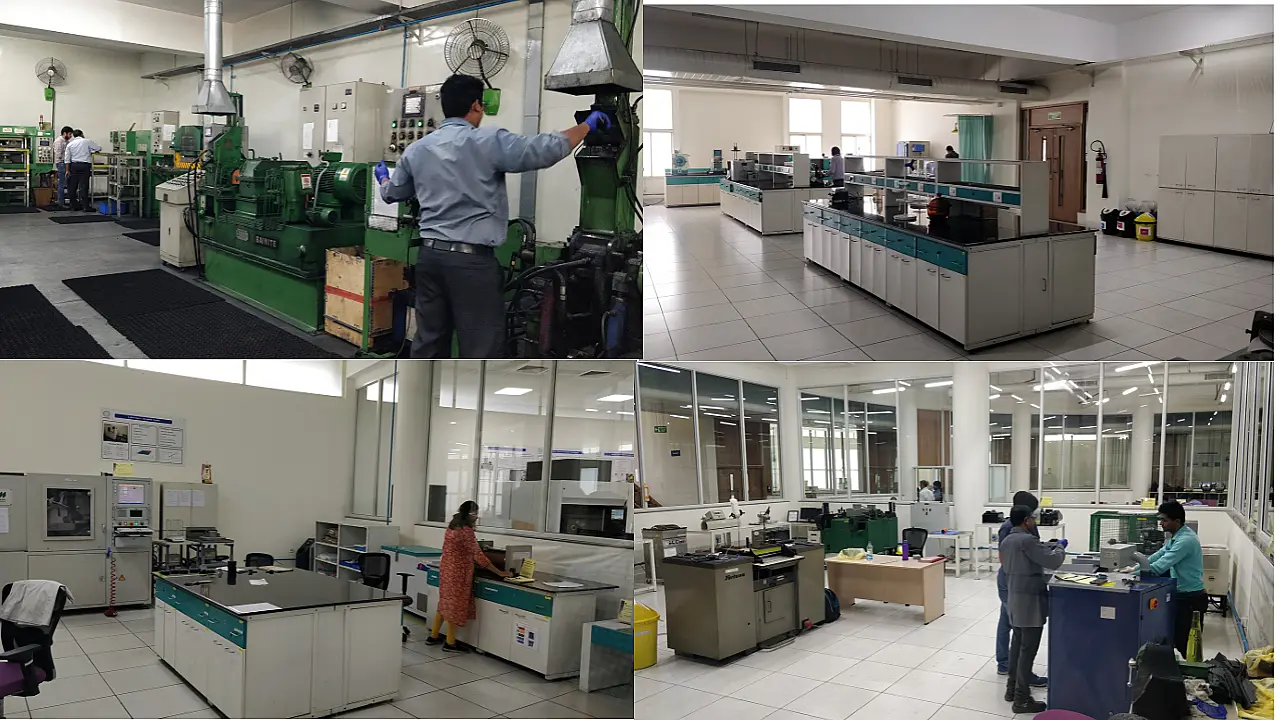
JK Organisation flagship JK Tyre & Industries, which unveiled tyres for electric vehicles a couple of days ago, is looking at introducing airless tyres by the end of next fiscal. The company is also working on several NewGen technologies, including Smart tyres for most segments of vehicles.
These capabilities were made possible as the tyre maker, which is amongst the top 25 manufacturers in the world, thought about self-reliance in terms of technology about 35 years ago. However, there are some gaps to be filled such as a test track and a pilot plant.
From 2009, the tyre maker consolidated all the technology development in-house. One of the first tyre companies that separated R&D and day-to-day activities of tyre manufacturing, the company began to develop its technology requirements in-house. Moreover, as tyre technology embraced change matching the evolution of the automotive industry, JK Tyre sharpened its focus on indigenous development by floating the Raghupati Singhania Centre of Excellence, Mysore, Karnataka. This state-of-the-art facility comprises HASETRI (Hari Shankar Singhania Elastomer And Tyre Research Institute), an independent research institute specialising in Elastomer Research and Tyre Mechanics. It was established to develop newer and better technologies for elastomer and tyres. The campus also has the Tech Centre, the nerve centre for new product development catering to customers' current and emerging needs. This centre is engaged in product design, development, validation and industrialisation using the most sophisticated tools and techniques covering all categories like passenger car radial, light truck radial, light truck bias, truck and bus radial, farm and off-the-road tyres.
Besides, the facility also has the Raghupati Singhania Centre Of Excellence For Tyre And Vehicle Mechanics (RPSCOE), an example of an industry-academia collaboration as it is an R&D set up in collaboration with the Indian Institute of Technology, Madras, and sponsored by JK Tyre. The company provides end-to-end solutions across segments of passenger vehicles, commercial vehicles, farming, off-the-road and two & three-wheelers.

Experiential Tour
The company arranged for an experiential tour of the facility for the media last week, showcasing some of the innovations it has been working on, including Steering Robot and Skid Trailer. While the steering robot enables the company to move towards Autonomous Testing for new-age cars, the skid trailer is an instrumented test rig on the wheel that enables to shorten the gap between the lab and real life. Besides, the showcase included next-gen innovative tyre technology such as Smart Tyre, Puncture Proof Tyre, and Fuel Saver Tyres. Interesting among the visit is the one to the semi-anechoic chamber that reminds of more silence than the silent valley. It uses specialised software for noise vibration and harshness data analysis.
Technological Challenges
Since 2000, the tyre industry has faced the ‘magic triangle’ with rolling resistance, traction and noise representing each vertex. However, today the triangle has expanded as a heptagon with rolling resistance, braking, ride quality, handling, mileage, steerability and weight, constituting each vertex.
Globally the material cost is between 50% to 55% of the tyre's cost, while in India, it is about 65%, with the rest being manufacturing and logistics costs. Therefore, not only is the challenge more, but also the need for extensive research is higher.

Dr R Mukhopadhyay, Director R&D, JK Tyre & Industries, and Director & CEO, HASETRI, said, along with the demand for new generation tyres that expect optimisation of all the key seven parameters described as heptagon, the challenges are also increasing. Elaborating on the issues, he said the high-tech tyres need high-performance composites. He said the disruption in tyre technologies includes computing power & cost, modelling & simulation, bio-technologies, sensor & RFID, alternate fuels, battery & energy supply, and shale gas. To face the emerging changes, the research centre is involved deeply and majorly in material research, material and compound development and also simulation & advanced tyre mechanics with tyre testing – indoor and outdoor, he said.
Speaking to Mobility Outlook, Dr Mukhopadhyay said, “We are interacting with global and national universities; since universities have the knowledge and our R&D has skills and expertise, it is essential to have the academy-industry interface to get the real research and development.”
According to him, the research contributes about 20% of the tyre ecosystem, and the rest is technology development. JK Tyre has all the elements except the test track in the tyre development ecosystem. Currently, the company utilises the test tracks in NATRAX in Indore and GRC in Chennai. Now the company is looking at setting up its own test track, he said.
Secondly, the company is also considering a pilot plant as the vehicle makers, including EV manufacturers, seek quicker responsive time.
On the materials front, the centre is working on ‘modified natural rubber’ to replace synthetic rubber. It is also working with the synthetic rubber producers globally to source synthetic rubber from bio-source. “To improve the efficiency of the synthetic rubber, we are also working on a functionalised solution, which is special catalysed polybutadiene and other tailor-made polymers. Furthermore, we are working on filler to use regenerated (from tyres) carbon black, instead of carbon black sourced from crude,” he said.
Reclaimed rubber is also considered an option to reduce the dependence on natural rubber. Today the company uses recycled materials up to 3%, and it plans to double it in the next two years.
Reiterating that interface functioning determines the tyre performance, he said the focus needs to be sharpened in material chemistry, material physics, bonding, adhesion, surface science, theology, tribology, diffusion chemistry, heat transfer and process engineering. Besides, thermodynamics, fluid dynamics, mechanical engineering, advanced tyre mechanics, vehicle dynamics, sound and vibration engineering, and electronics are to be studied while developing a tyre, he noted.
Work on sustainable materials also progresses at the centre without scarifying the property. For example, the steel tyre chord will soon see an alternative as options are being studied to replace it with ultra-tensile steel wire, which will reduce weight and enhance strength. In addition, research on the environmental-friendly polyester from PET bottles, use of nano-cellulose fibre and others are progressing at the centre, he noted.

Legislation & Regulations
On the tyre-related legislations and regulations, Dr Mukhopadhyay listed out a few, including TREAD – Transportation, Recall Enhancement, Accountability and Documentation Act, REACH – Registration, Evaluation, Authorisation and restriction of Chemical, Labelling of Tyres, End of Life of Tyre, UTQG – Uniform Tyre Quality Grade and Global Technical Regulation on Tyres. He said these stringent global regulations throw up adherence challenges and demand optimising various product performance goal conflicts.
In terms of process aids, tyre makers generally use petroleum oil. However, to comply with REACH regulation, it is necessary to go for naphthenic or paraphrenic oils, which are not environmentally friendly. To mitigate this, the company is working on eco-oil with a partner to see how soyabean oil can become a substitute. Trials using this oil are in different stages, he said.
Working on sustainability materials for the past 15 years, the company has been researching several bio-source for replacing the conventional materials and fillers, including neem oil. Talking about the nanomaterials, he said the company is working with different suppliers on graphene, including one in the UK. “It will take five to seven years to practically commercialise these developments,” he concluded.